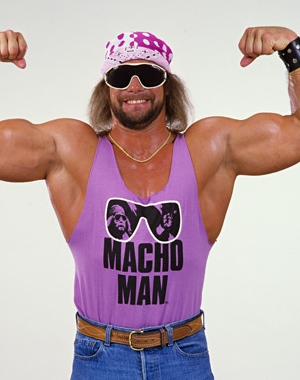Until recently, photographs have been the predominant form of performance documentation and a key reference for historians attempting to cobble together the more than one hundred year history of performance art.
Nowadays, film and video of performance, both historical and contemporary, is readily available . Previously inaccessible archives of mostly unedited documents, known to a privileged few writers and researchers, are being transposed to DVD, and suddenly, an entirely new element has been introduced into performance studies, as well as into museum display. We now get to watch a performance in real time that was originally intended for a live audience. This shift in perception is much greater than one would at first think.

Take a series of startling black and white photographs of Joseph Beuys’ “I like America and America likes me” (1974) for example. We know well the sequence showing Beuys, his head covered in a blanket, in a confined space, in close proximity to a coyote. We know too the near legendary story that goes with it; Beuys, as symbolic representative of the invading European, dedicating a work to the American Indian (symbolized by the coyote) in recognition of the decimation of a people by ferocious colonial excursions. The resulting still image is a deeply poetic, even iconic one, given that it stands for so much history. Its dramatic impact is assured by the shape of Beuys’ body, bowed over a stick which he holds in front of him to keep the animal at bay, but also in apparent supplication, while the small animal, ears raised and on the alert, which seems to gain confidence as he studies the quiet apologist in front of him, is a touching counterpoint to Beuys’poised presence. Now see the film, which was recently screened at an exhibition (“Art, Lies and Videotape,” at Tate Liverpool in 2003, and can be seen on various websites), and a very different picture emerges. Reverence is replaced to some degree by absurdity, as we watch Beuys arriving at J.F.K airport in New York wrapped in his signature felt fabric, being placed by assistants in an ambulance, which is later stopped on the highway by police requesting a permit, and being led up the stairs of a building in SoHo, where he is introduced to the coyote with whom he will share the small gallery space for seven days. In some ways the elegance and stark eloquence of the still photograph are lost in the documentary footage of the event.

This is a fragment of a small article about the impact of video footage on the way we remember - and see - performance, by Roselee Goldberg, probably the most renowned performance theorist, analyst and critic today.
















